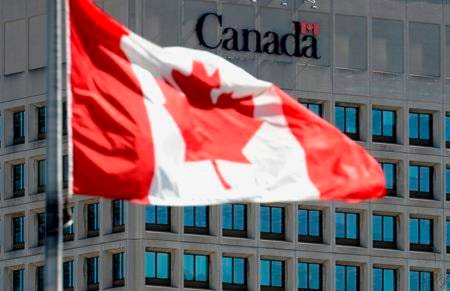The Canadian Forces have a new manual on how to respond to sexual misconduct, aiming to close many of the gaps identified in the military’s policies on abuse in its ranks.
But some concerns remain unaddressed — including the “duty to report” regulation, which critics say discourages victims from seeking support if they aren’t ready or willing to begin a formal complaint.
The information in the 100-page document was previously spread in many places, which a Defence Department assessment published in February cited as a big reason many service members were confused and uncertain about the issue.
Some had only a vague understanding of what constituted inappropriate behaviour and what to do when an incident occurred, including how to support victims.
The new manual, which was developed in consultation with the military’s sexual-misconduct response centre (a counselling-oriented agency outside the chain of command) and a group of outside experts, goes to great pains to address the latter question in particular.
One of the first sections talks about how and why some people affected by sexual misconduct prefer to be called “victims,” others want to be referred to as “survivors,” and still others don’t like either identifier.
It also spells out the roles, responsibilities and training available for every service member as well as the additional responsibilities that commanding officers have in supporting victims and investigating incidents.
READ MORE: Canadian military reports victories in war on sexual misconduct in the ranks
In a report last November, auditor general Michael Ferguson found many victims were not properly supported when they did speak up because of gaps in the services available and a lack of suitable training and policies.
To that end, commanders are also being given a new handout to help them wrap their heads around how sexual-misconduct cases are to be treated step by step — with a reminder at every step to check in with victims.
Those check-ins are not to be one-way updates, either, but opportunities to make sure each victim is getting the support needed and has input into how the case is handled.
The sexual-misconduct response centre is also working on plans to provide case workers, or victim-liaison officers, to service members affected by sexual misconduct.
But the “duty to report” regulation remains. It compels military members to report inappropriate or criminal behaviour, sexual or not, and begins a formal complaint process.
Defence chief Gen. Jonathan Vance has said the idea is to require anyone who learns of sexual misconduct to tell authorities so cases don’t get hidden, but the effect can be to drag them into the open against victims’ wishes. Ferguson and former Supreme Court justice Marie Deschamps, who conducted an explosive analysis of the extent of sexual misconduct in the Forces in 2015, have criticized the policy as actually discouraging victims from coming forward.
Vance has said the military is looking at ways to maintain the requirement while better protecting victims.
Ferguson also warned that military police often failed to provide information to victims about supports they can use or give them updates on cases, and there were concerns about a lack of training for chaplains and military health-care providers to help victims.
The federal victims’ ombudsman has also raised concerns about proposed legislation around victims’ rights in the military justice system, specifically that it does not require military police, prosecutors and others to inform victims that they have rights.
Lee Berthiaume, The Canadian Press
Like us on Facebook and follow us on
